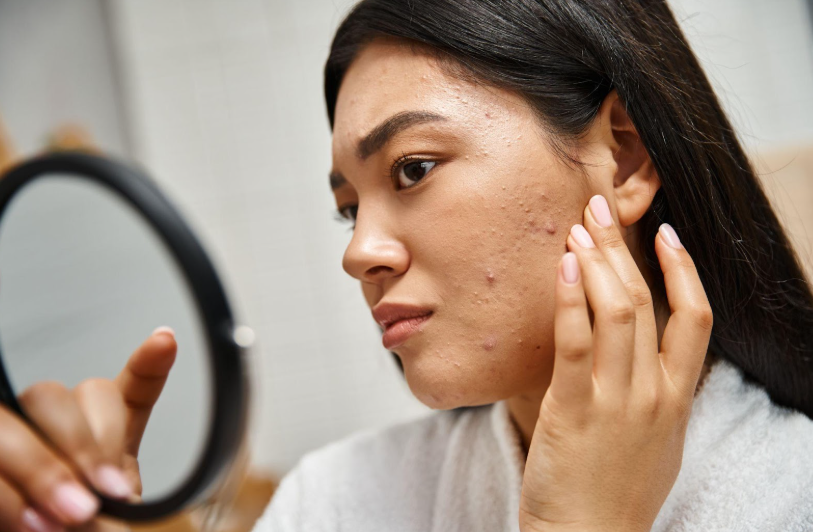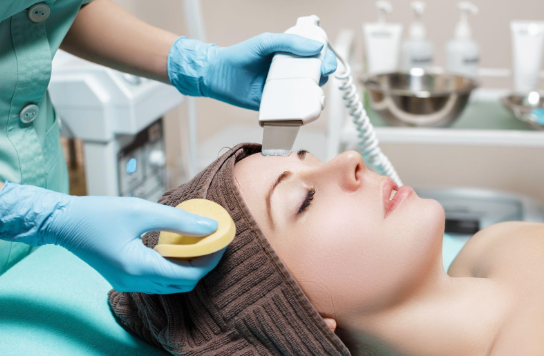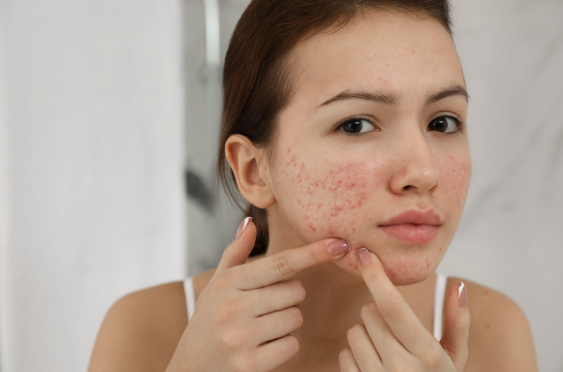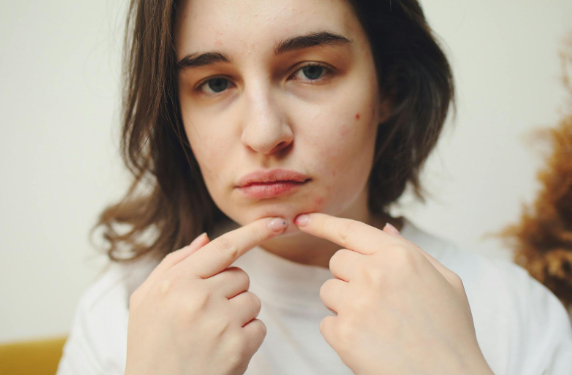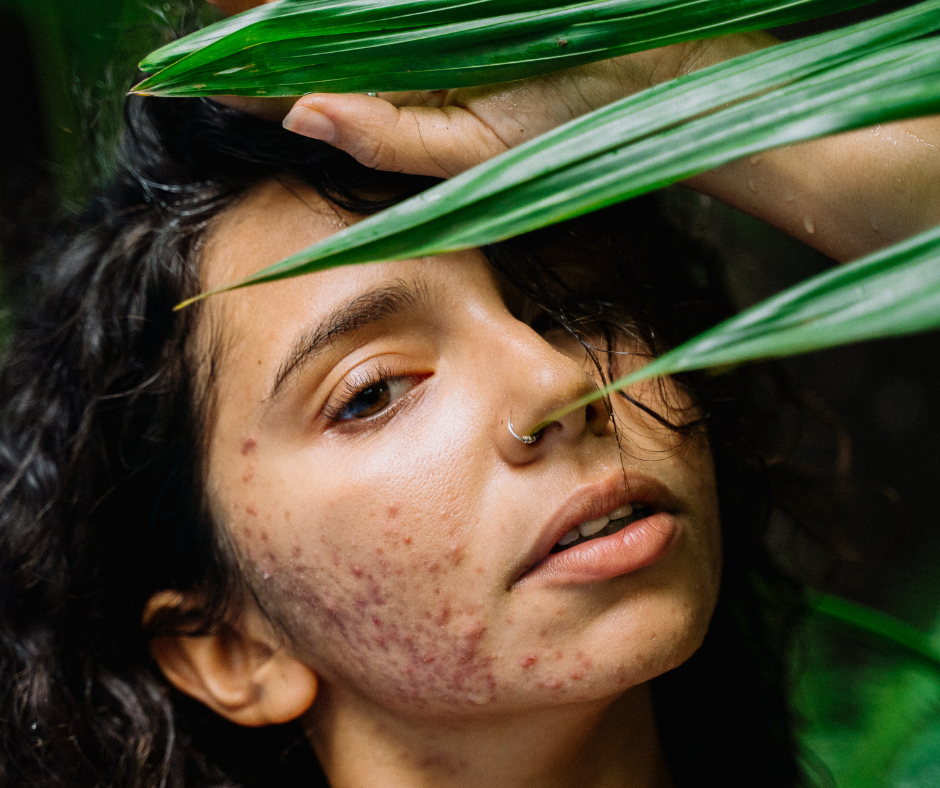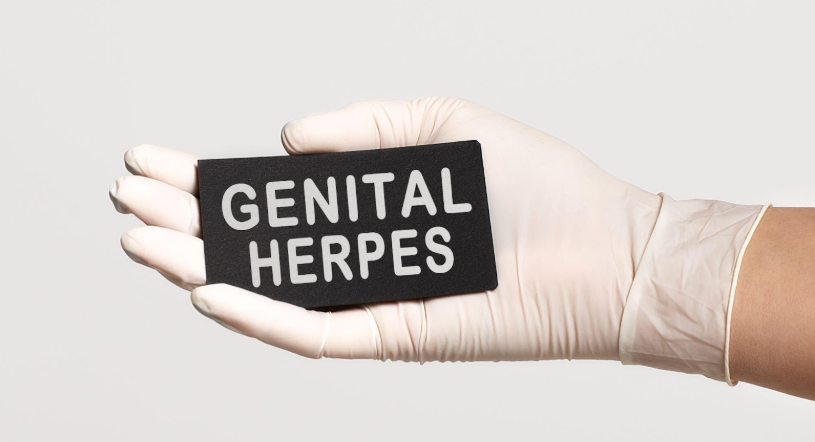Indoor Tanning & The Darker Facts Associated With It

- Use of indoor tanning beds increases a person's risk of developing melanoma by as much as 59%, and the risks only increase further with each use of the tanning bed. Melanoma is the deadliest form of skin cancer. Not only that, but it is the second most common cancer among men and women between the ages of 17-29. Studies show that 1 out of every 50 Americans will develop melanoma in their lifetime. Why put yourself further at risk?
- Nearly 70% of tanning salon customers are young Caucasian women. For this reason, melanoma is increasing faster in women than it is in men.
- More than 1 million people visit a tanning salon every day in the United States.
- Annually, 30 million people use indoor tanning products, and of those, 2.3 million are teenagers.
- An individual's risk of developing melanoma increases by 75% if they use indoor tanning products before the age of 35.
- In 2010, it was reported that indoor tanning facilities generated nearly $2.6 billion in revenue.
- The FDA estimates that there are approximately 3,000 hospital emergency room cases a year due to indoor tanning bed and lamp exposure.
- Both the World Health Organization and the U.S Department of Health & Human Services have labeled UV radiation from the sun and indoor tanning products as known carcinogen
- Evidence from several studies has shown that exposure to UV radiation from indoor tanning devices is associated with an increased risk of melanoma and non-melanoma skin cancer such as squamous cell carcinoma and basal cell carcinoma.
- In some cases, the UVA and UVB radiation emitted by indoor tanning products can be stronger than those emitted by the sun.
- Skin cancer is not the only condition a person is at greater risk for when using indoor tanning equipment. Exposure to radiation during indoor tanning damages the DNA in the skin cells. Additionally, excessive exposure to UV radiation during indoor tanning can lead to premature skin aging, immune suppression, and eye damage, including cataracts and ocular melanoma.
- There have been some suggestions by researchers that artificial UV exposure can cause an individual to become addicted to tanning. There are ongoing studies to investigate this further, but it is still a point of information to consider.
- Recently, a survey found that nearly 60% of young adults and teens who used tanning beds had experienced burns as a result of frequent exposure.
- In 2014, there was legislation passed in seven states to ban the use of tanning beds for minors under the age of 18.
- More recently, Oklahoma joined the fight and passed legislation towards the end of 2016 to ban the use of tanning beds for minors.
- Currently, 43 states have restrictions regarding usage of tanning facilities for minors.
- There are pushes to enact legislation that classifies tanning beds/lamps/bulbs/etc as Class II medical devices.
- No person or facility should advertise the use of any UVA or UVB tanning device using wording such as “safe,” “safe tanning,” “no harmful rays,” “no adverse effect” or similar wording or concepts.
- The American Academy of Dermatology Association - an organization that Dr. Conte, Dr. Duff, and I are all members of - strongly opposes the use of tanning bed facilities and believes that there should be a national ban on minors using them.
- The AADA also supports the WHO's opposition to indoor tanning facilities.
